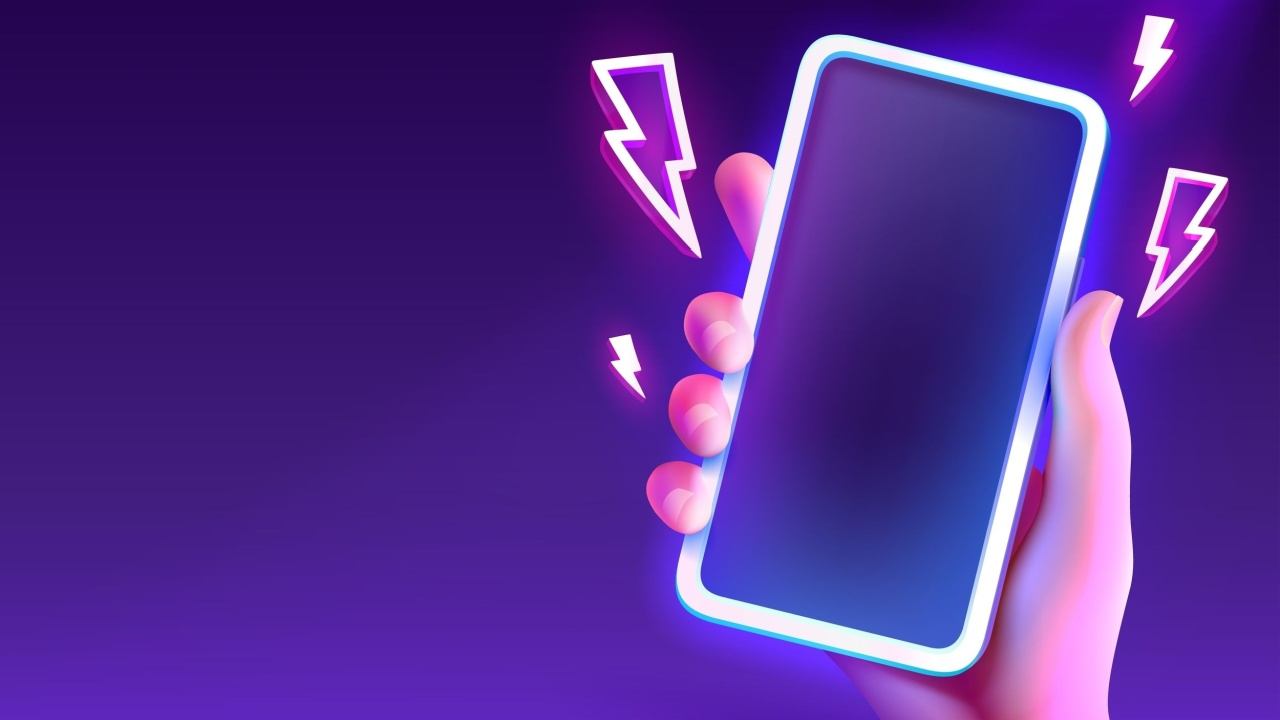The Bitcoin ecosystem is in a constant state of evolution, with innovations continually pushing the boundaries of what is possible. Among the most promising developments is the Lightning Network (LN), a layer-2 scaling solution designed to enable faster and cheaper Bitcoin transactions. A recent collaboration between Wallet of Satoshi and Spark has the potential to reshape the landscape of Bitcoin accessibility and control, particularly in the United States. This partnership marks a significant shift toward self-custody, a principle deeply rooted in the ethos of decentralization and individual sovereignty.
The Evolution of Bitcoin Wallets
Bitcoin wallets have evolved significantly since the inception of the cryptocurrency. Early wallets were primarily custodial, meaning users entrusted third parties with the custody of their Bitcoin. While this approach offered convenience, it also introduced risks such as third-party mismanagement, hacking, and regulatory scrutiny. The rise of self-custodial wallets has addressed these concerns by empowering users to take control of their private keys and, consequently, their funds.
Wallet of Satoshi has long been a prominent player in the Lightning Network wallet space, known for its user-friendly approach to Bitcoin transactions. Available on both iOS and Android, it provides a zero-configuration, custodial wallet experience focused on simplicity. This ease of use has made it a popular choice for beginners and those seeking a hassle-free way to engage with the Lightning Network. However, its custodial nature meant that users entrusted the wallet provider with the custody of their Bitcoin.
The Rise of Self-Custody
The move towards self-custody is a key theme in the Bitcoin space, driven by the ethos of decentralization and individual sovereignty. Self-custodial wallets empower users to have complete control over their private keys and, therefore, their Bitcoin. This contrasts with custodial wallets, where a third party holds the keys and manages the funds on behalf of the user.
Spark, a Layer-2 solution developed by Lightspark, aims to bring greater control and ownership to Bitcoin users. By integrating with Wallet of Satoshi, Spark provides the technological backbone for a self-custodial Lightning experience. This integration is a significant step towards making Bitcoin more accessible, scalable, and user-controlled.
The Partnership: A Closer Look
The partnership between Wallet of Satoshi and Spark aims to bridge the gap between user-friendliness and self-custody. The self-custodial Lightning experience is initially launching in beta, suggesting that it is still in a testing and refinement phase. This allows for real-world feedback and iterative improvements before a full-scale rollout.
Notably, this integration marks Wallet of Satoshi’s return to the U.S. market after previously withdrawing its services due to regulatory uncertainty. The self-custodial nature of the new wallet may address some of the regulatory concerns that led to their departure. The wallet’s return to the US market is also significant because of the large potential user base.
Implications and Potential Impact
The Wallet of Satoshi and Spark partnership has several potential implications for the Bitcoin ecosystem. By offering a user-friendly self-custodial Lightning wallet, the partnership could attract more users to the Lightning Network, driving wider adoption of Bitcoin for everyday transactions. The wallet’s return to the US market is also significant because of the large potential user base.
The shift towards self-custody empowers users to take greater control over their Bitcoin, aligning with the core principles of decentralization and financial sovereignty. This partnership is likely to spur further innovation and competition in the Bitcoin wallet space as other providers seek to offer similar self-custodial solutions with enhanced user experiences.
Challenges and Considerations
While the partnership is promising, it’s important to acknowledge potential challenges and considerations. Self-custody requires users to take responsibility for securing their private keys. Education and awareness are crucial to prevent loss or theft due to poor security practices.
While Wallet of Satoshi aims for simplicity, self-custodial wallets can still be complex for novice users. Striking the right balance between user-friendliness and security will be essential. Self-custodial Lightning wallets require users to manage their own channels and liquidity. This can be a barrier to entry for some users, although solutions are being developed to address this.
The Road Ahead
The collaboration between Wallet of Satoshi and Spark represents a significant step towards making Bitcoin more accessible, scalable, and user-controlled. As the beta testing progresses and the wallet is refined, it has the potential to drive wider adoption of the Lightning Network and empower users to embrace the principles of self-custody.
This partnership isn’t just about a new wallet; it’s about igniting a spark of change in how people interact with Bitcoin. It’s a reminder that the Bitcoin ecosystem is constantly evolving, pushing the boundaries of what’s possible and striving towards a future where financial freedom and control are within everyone’s reach. The integration of Wallet of Satoshi and Spark is a testament to the ongoing innovation in the Bitcoin space, paving the way for a more decentralized and user-controlled financial future.





